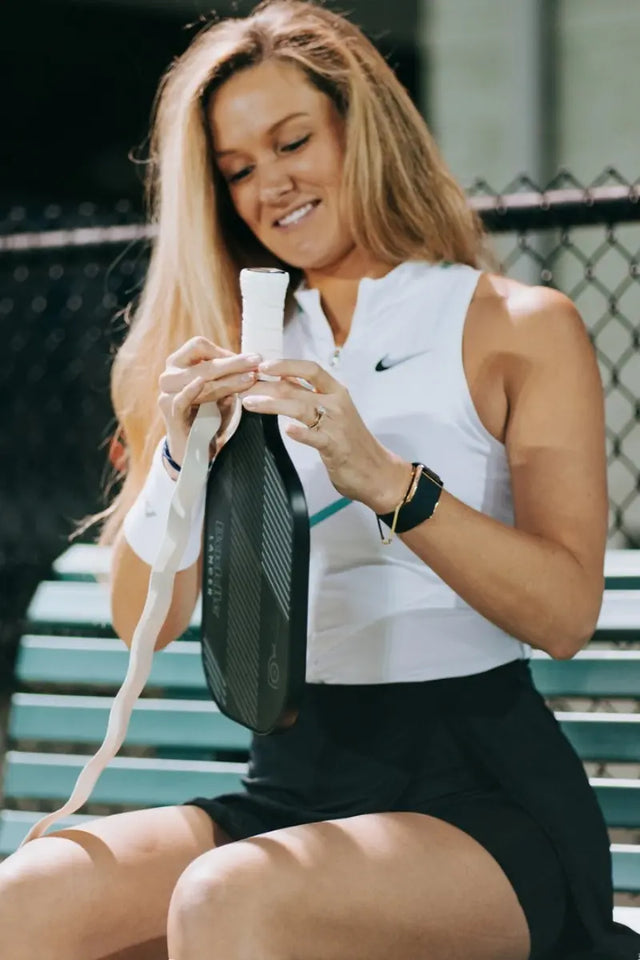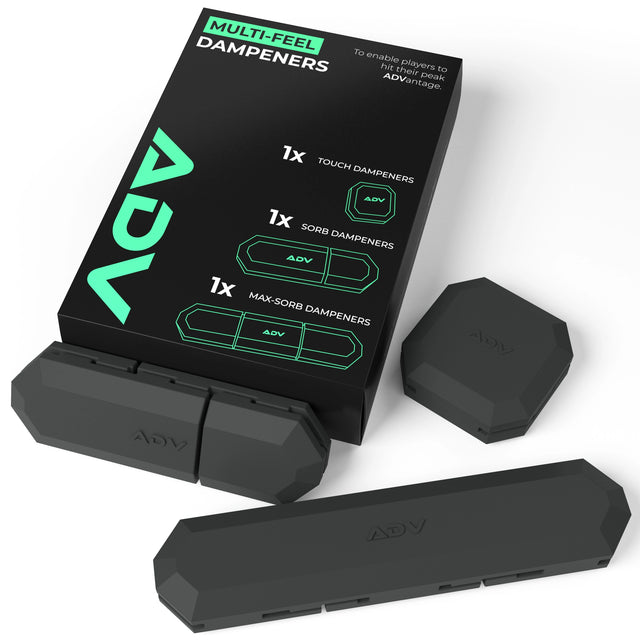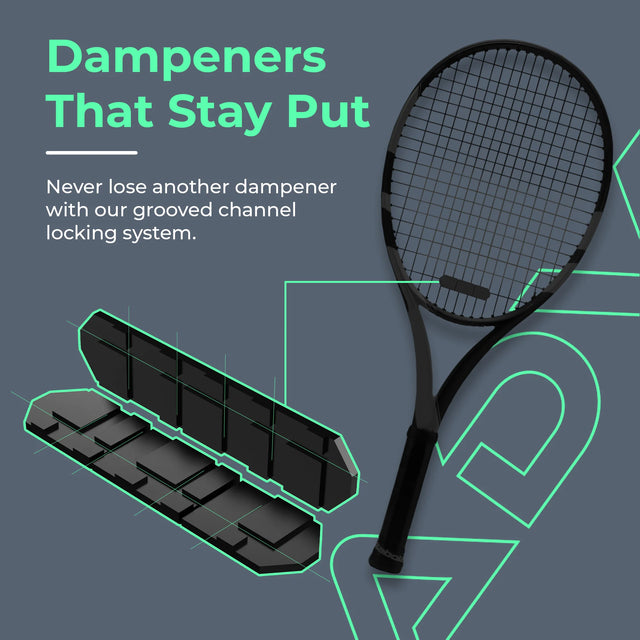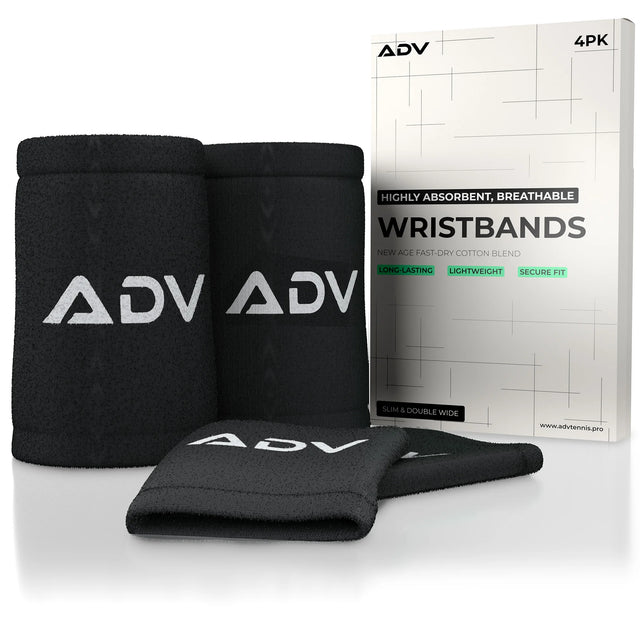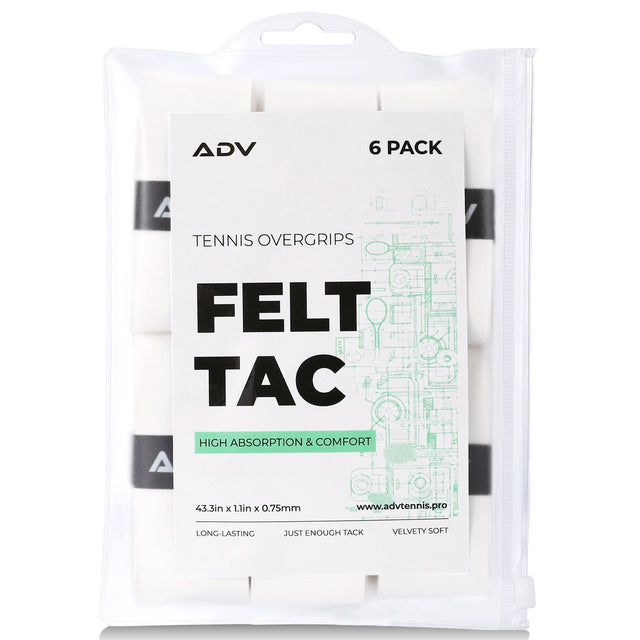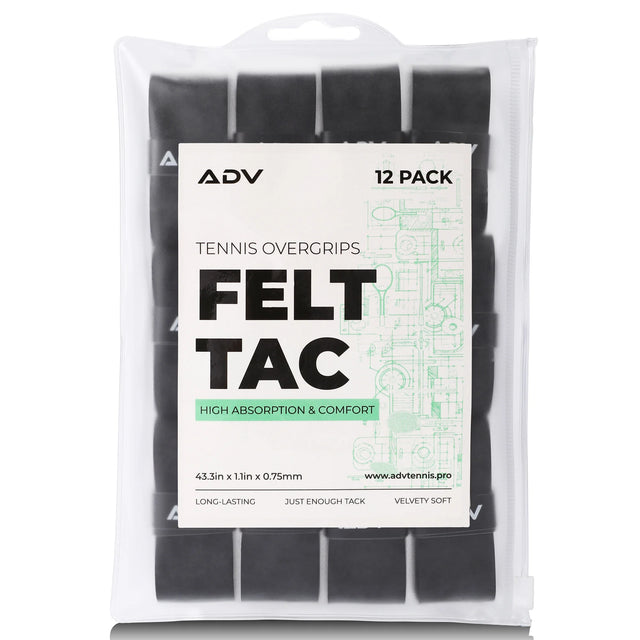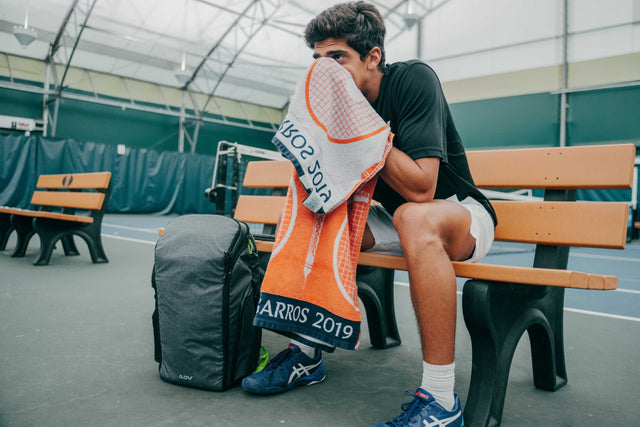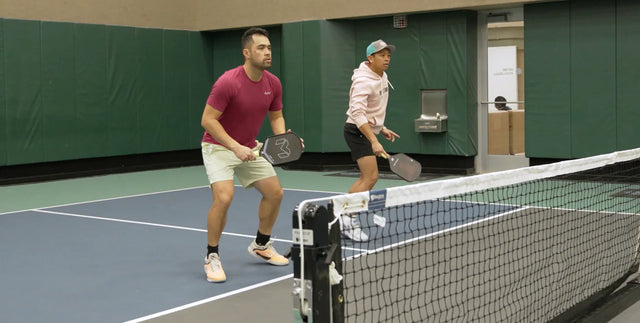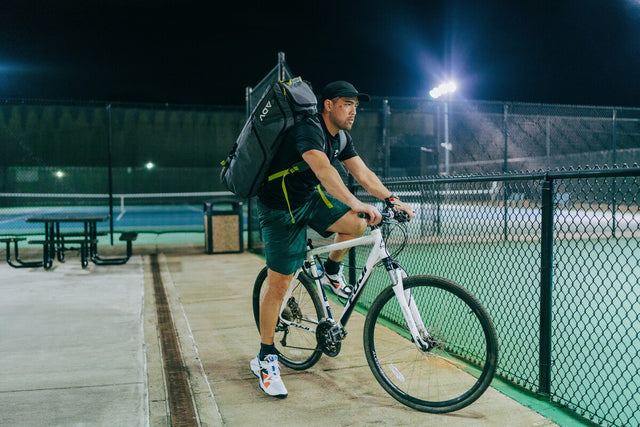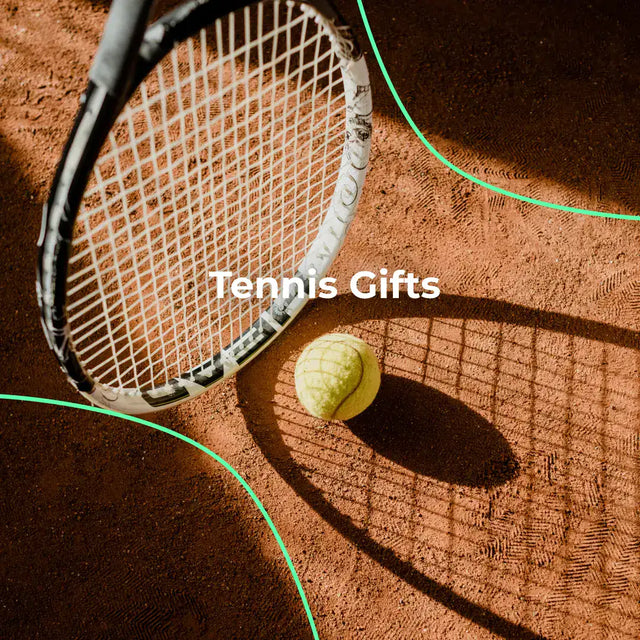Pickleball Backpack vs. Bag: Which One Suits You?
Staying organized on the court can affect your overall game. When your equipment is easily accessible, you're more likely to start matches feeling calm and ready. Whether you’re packing for a quick session or an all-day tournament, knowing exactly where your items are makes a difference. A good pickleball gear organizer ensures that your paddle, balls, shoes, and other essentials all have a designated place. This not only saves time but also reduces pre-game stress. Being organized helps you maintain a steady routine, which builds confidence. You’re not scrambling to find your water bottle or paddle grip mid-match. That consistency can help sharpen your focus and enhance your performance. With a well-designed storage setup, your energy can stay where it belongs—on strategy and performance.
Key Features of Pickleball Backpacks
Padded Paddle Sleeves
Many modern pickleball paddle bags designed in backpack form include padded sleeves to protect your paddles from bumps and scratches. These dedicated compartments often sit inside a vertical main pocket, providing top-down access when you're in a hurry. Unlike side-zip bags that require laying everything out flat, backpacks make it simple to access gear without unpacking the entire contents. The structured sleeves shield your paddles while also keeping them from shifting around during transport. This design is ideal for players who want to keep their gear snug.
Ventilated Back Panels
Lightweight pickleball backpacks should feel as good to carry as they look. That's why many premium models include breathable back panels made from mesh or moisture-wicking fabric. These help reduce sweat buildup and allow better airflow during walks to and from the court. Contoured shoulder straps also play a big role in comfort. Shaped to match the curve of your body, these straps distribute weight more evenly, especially when you're carrying multiple paddles, balls, and shoes. Adjustable options allow you to tailor the fit, making it useful for players of all sizes.
Built-In Shoe Garages and Eyewear Pockets
The best pickleball tournament bags pack a punch when it comes to smart compartments. Many backpacks now feature built-in shoe garages, which are separate sections with breathable linings to hold footwear without dirtying the rest of your gear. Bottle holsters on the outside keep hydration within easy reach, so you’re not digging around mid-match. You’ll also find protective pockets lined with soft fabric for sunglasses or goggles. These small touches make a big difference during tournaments or long training days. Some models even include insulated pouches for snacks or cooling towels. These features show how backpacks are evolving to meet the detailed needs of active players. Each pocket is designed to keep essentials secure, clean, and ready to go when you need them most.
Core Benefits of Pickleball Bags

Lateral Layout
The clamshell-style opening provides full visibility into the contents, allowing you to load everything efficiently. Unlike vertical backpacks, these bags are laid flat when packing, so nothing gets buried or lost at the bottom. This layout is ideal for players who bring several types of gear to the court. Each section of the bag is purpose-built, offering dedicated zones to keep your essentials sorted. This style makes gear checks quick, so you're not left scrambling when it’s time to play.
Large Capacity for Bulky Gear
The larger size of pickleball equipment bags can be a major advantage. These are built to handle extra items like ball hoppers, towels, and even backup footwear. Their generous interior space supports tournament-level preparation, where having multiple paddles, sets of clothes, and personal care items is essential. Even after packing everything, there’s often room left for snacks or post-game essentials. Handles and shoulder straps are reinforced to support the added weight, making these bags both spacious and sturdy. If you’re preparing for a full-day event or back-to-back matches, having that additional space helps you feel ready for anything.
Practical Considerations When Choosing Between Formats
Paddle Count and Ball Set Volume
If you usually bring just one or two paddles and a pair of shoes, a backpack may be sufficient. But if you tend to pack multiple paddles and a full set of practice balls, a larger bag will suit you better. The number of compartments directly affects how well your items stay organized. Some pickleball storage solutions are tailored for minimalists, while others are built for bulk.
Travel Style
Players who walk long distances, bike, or use public transportation will appreciate the convenience of a backpack. These are easier to carry and maneuver in tight spaces, especially through airport terminals or busy sidewalks. On the other hand, those who rely on cars or rideshares often prefer traditional bags for their stackable shape and added room. A pickleball travel bag with reinforced corners and base panels will hold up better in trunks and cargo bins. Portability becomes even more important if you're combining pickleball with a vacation. Backpacks with luggage sleeves or collapsible frames can make transit smoother.
Load Style Preferences
Carrying comfort often comes down to personal preference. Backpacks distribute weight evenly across both shoulders, making them a favorite for those with longer walks or heavier loads. They’re also easier on the back during extended wear. In contrast, shoulder bags allow quick access to your gear and are easy to sling on and off. Some players even rotate between both, using a backpack for local games and a traditional bag for tournaments. If flexibility is your top concern, look for hybrid bags that offer both backpack straps and a shoulder sling. The best multi-pocket pickleball bag offers carrying options, giving you the freedom to switch depending on the day's demands.
Fit and Ergonomics
Finding the right fit matters just as much as picking the right storage layout. When shopping for gear, keep the following fit-related points in mind:
- Back Length: Bags that are too long can cause the bottom edge to press uncomfortably against the hips, while bags that sit too high can strain the neck and upper back. Look for designs that feature adjustable back panels or harness systems that allow you to reposition the shoulder straps to align with your spine. Some premium bags even come with size options, catering to users with shorter or taller builds and proportions. This attention to vertical fit improves weight distribution and relieves pressure from sensitive areas. For players who walk or bike long distances, the difference in comfort over time is substantial. An appropriately sized bag hugs the upper back without bouncing and allows for better posture by aligning with the natural curve of your spine. Ensuring this fit also helps reduce fatigue in the lower back.
- Strap Design: Wider straps help distribute weight across a greater surface area, minimizing the chance of them digging into your shoulders. This is especially valuable for players with narrower builds who may experience concentrated pressure from thinner straps. Cushioned padding adds comfort but should also be breathable to reduce sweat build-up during longer commutes. Contoured straps that conform to the body or those that feature adjustable sternum clips help keep the bag stable while moving. For individuals with sloped or narrow shoulders, sliding straps can be a constant annoyance, so features like anti-slip lining or elastic stabilization bands become critical.
- Weight Considerations: A heavy, empty bag can quickly become overbearing once fully loaded. When shopping, be mindful of the total bag weight and prioritize models made with lightweight materials such as ripstop nylon or thermoplastic reinforcements that don’t add bulk. Streamlined designs that eliminate unnecessary features can also help reduce weight without sacrificing utility. For players who suffer from joint pain or have limited upper-body strength, even a slight increase can make a noticeable difference over time. It’s about protecting your body from unnecessary strain.
- Handle Placement: Poorly positioned handles can create wrist strain, especially if the grip angle feels unnatural when lifting a heavy load. Handles placed too close to one end of the bag tend to make it tilt awkwardly, requiring compensation from the wrist or elbow. A better design positions the grip at the true center of gravity, allowing the bag to stay balanced while being carried in one hand. Additionally, padded or rounded handles enhance grip comfort, especially for prolonged use. Some also offer side and top handles, providing users with multiple carrying options depending on the amount of gear they’re transporting or the distance they need to travel.
By choosing a tennis bag tailored to your body and how you move, you enhance your performance both on and off the court.
Quality, Durability, and Style Factors

High-End vs. Budget Materials
The materials used in your bag or backpack directly affect its lifespan and performance. A premium backpack for pickleball players often uses ripstop nylon, known for resisting tears and fraying even after heavy use. High-quality zippers also contribute to a smoother, longer-lasting experience. Budget bags may cut corners with thin fabric or low-density foam, which can sag or lose shape over time. Foam density matters more than you think; it provides structure and cushioning to protect your gear. Reinforced stitching and durable liners all play a crucial role in determining whether your bag withstands daily wear.
Ventilation and Weatherproof Coatings
Modern bags feature antimicrobial linings to reduce odor buildup from used clothes or sweaty shoes. Ventilated panels are another upgrade, especially in compartments meant for footwear or damp towels. For those playing in unpredictable weather, a pickleball gear organizer with weather-resistant coatings can prevent water damage. Some bags even include rain flaps or sealed seams to keep moisture out entirely. These features help preserve your gear and add peace of mind when you're headed to the court in less-than-ideal conditions. Investing in protective layers inside and out means your equipment stays cleaner and more secure.
Reflective Trims and Style Preferences
Reflective trims improve safety for players commuting in low light, while colorfast linings ensure your bag stays vibrant even with frequent cleaning. A sports bag for pickleball that combines bold aesthetics with practical features helps you stand out while still delivering functionality. Some players prefer minimalist styles that blend with everyday attire, while others go for sporty colorways that showcase personality. Don’t overlook details like interior contrast colors, which make it easier to spot small items quickly.
Online Shopping Tips and Cost Comparisons

How to Shop Pickleball Backpacks
Online shopping for gear can be overwhelming if you're not sure what to look for. To avoid confusion, start by narrowing your search based on your specific needs. Many benefit from reading detailed reviews and browsing customer-uploaded photos, which often show how bags perform in real settings. Pay attention to shipping weight and listed materials. Seek out pickleball backpack brands that provide full product measurements.
Understanding Capacity Ratings
When choosing between storage options, one of the most crucial factors to consider is capacity. This goes beyond just how “big” a bag looks in photos. Capacity ratings are usually listed in liters, but understanding what that number means for actual gear can be tricky. A 30-liter backpack may seem large, but could offer limited paddle or shoe space if not well-designed. Interior layouts also play a crucial role. Some of the best pickleball bags maximize space with deep main compartments and flexible side pockets, while others use structured dividers that restrict usable volume. It’s essential to know how a bag’s shape and layout align with your typical gear load.
Evaluating the Cost
It’s tempting to go for the cheapest option, but price should be balanced with what you’re getting. The cost of pickleball bags varies widely depending on materials, construction, brand, and added features. High-end models priced above $100 usually include advanced features like weather protection, reinforced stitching, and padded compartments. Look for warranty policies as these often reflect the brand's confidence in its product.
The goal is to find a storage option that makes your experience more seamless from the moment you pack your gear to the second you step off the court. A well-chosen bag or backpack should serve your needs and hold up over time. The best pickleball gear organizer isn’t necessarily the one with the most features, but the one that makes every game day simpler, smoother, and more enjoyable. When your gear is secure and thoughtfully stored, you can focus your full attention on what truly matters: enjoying the game and playing at your best.

